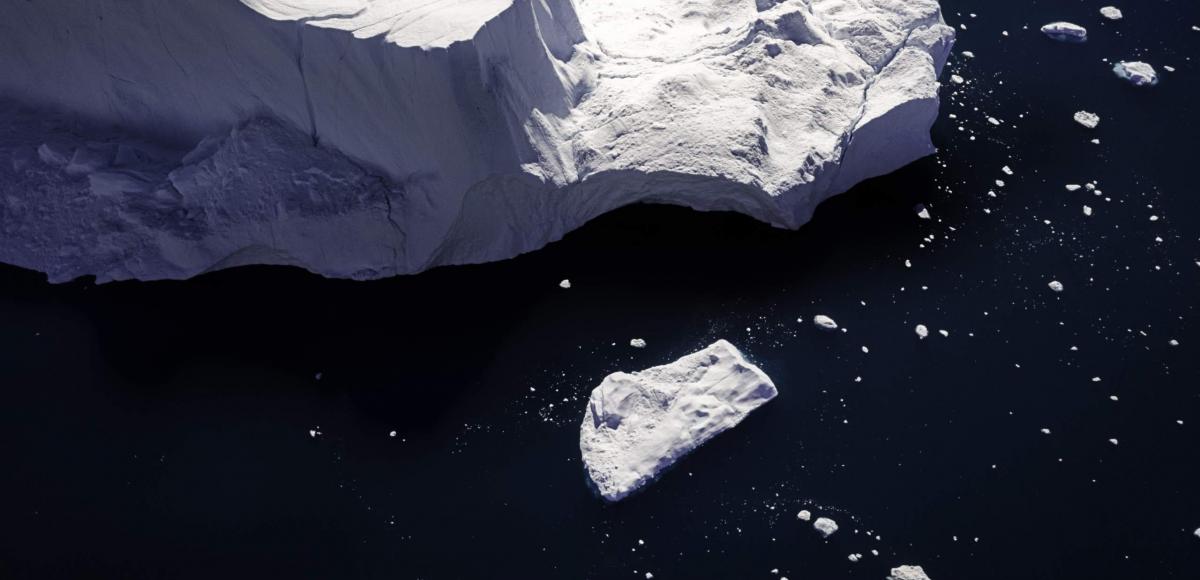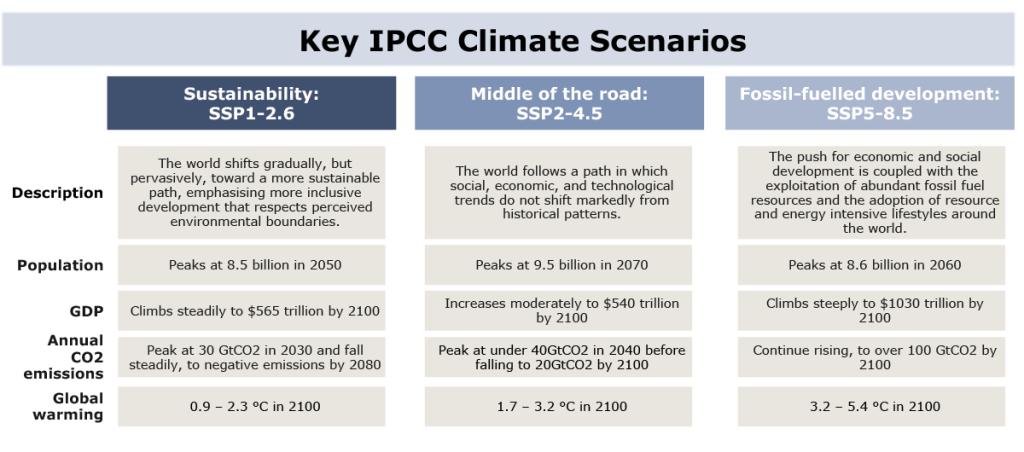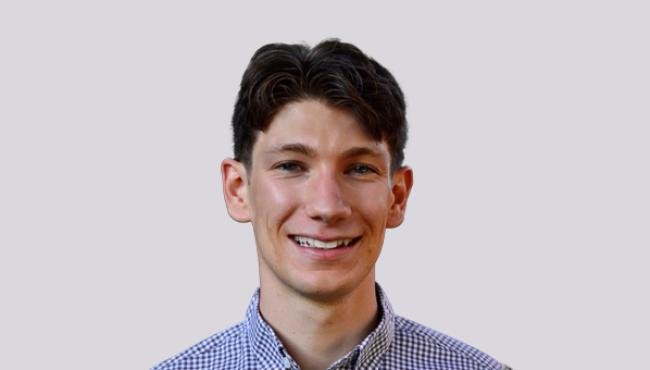
The Evolution of Physical Climate Risk Assessments over the Next Five Years
The frequency and intensity of extreme events observed over the last few years, including record heatwaves across Europe and the most destructive wildfires ever recorded in Canada, has brought climate adaptation into sharp focus.
Physical climate risk assessments provide quantitative information on the risks to assets and operations from extreme weather and other climate factors, across a range of future scenarios. This includes the intensity and frequency of acute hazards, such as wildfires, storms, and floods, and chronic hazards, such as sea level rise, changes in average temperature, and water stress.
Whilst frontrunners are already leveraging advanced physical climate risk assessments to gain a strategic advantage over competitors, many companies are yet to carry out an assessment, or perform only surface-level analyses.
Improving awareness of physical climate risk should be on all companies’ radars. Many companies will soon fall under new regulatory requirements which mandate physical climate risk assessments, including the Taskforce for Climate-related Financial Disclosures (TCFD) and EU Corporate and Sustainability Reporting Directive (CSRD). And carrying out a high-quality assessment, rather than just the minimum to meet regulations, delivers useful analytics that can help businesses build a climate-resilient growth strategy.
In this article, we explain how climate models are used to analyse physical climate risks, assess the current use of climate risk assessments, and look ahead to how they will be utilised in the years to come.
Climate Models and Climate Projections Explained
Climate models help us to understand and simulate the Earth’s weather and climate. They work by splitting the world into a three-dimensional grid and then solving physics equations in each gridbox to work out how the climate will evolve over time. This may include hundreds of physical processes in the atmosphere, ocean, ice sheets, land surface, and biosphere. Once the model has made predictions for each box, they can be pieced back together to reveal climate patterns in a specific part of the world (Regional Climate Models) or worldwide (Global Climate Models). By comparing these predictions with past weather records, these models have proved to be accurate at simulating different aspects of the earth’s climate.
These Global Climate Models (GCMs) and Regional Climate Models (RCMs) are designed and run in scientific institutions around the world and brought together in regular reports from the Intergovernmental Panel on Climate Change (IPCC). The IPCC has designed several climate scenarios to be used as inputs into these models, sets of assumptions about how society and its greenhouse gas emissions will change over the next century. They range from the most sustainable scenario (SSP1-2.6), in which emissions are limited very rapidly, to a worst-case scenario (SSP5-8.5), where greenhouse gas emissions continue to rise sharply.

Climate projections are the outputs of climate models under different scenarios. They provide information about how the temperature, amount of rainfall, frequency and intensity of storms, and many other climate variables are expected to change. These projections enable us to ask questions at specific locations, such as:
- If we rapidly decrease greenhouse gas emissions (SSP1-2.6), how will the average temperature change?
- In a medium-emissions scenario (SSP2-4.5), how will the risk of damage from severe storms change relative to today?
- In a high-emissions scenario (SSP5-8.5), how much more frequent will heatwaves become?
The answers that climate projections provide then enables risks to be comprehensively assessed. These assessments guide businesses on when and where to implement adaptation measures and evaluate the risk levels of investments, leading to more focused and cost-effective strategies.
What makes a good climate risk assessment?
There are many ways of using climate models and climate projections to perform climate risk assessments. The methodology chosen depends on the amount of detail required and the purpose of the assessment.
Generally, a best-practice climate risk assessment will consider high-resolution data, perhaps around 10km, with some hazards at even finer resolution. This assessment will combine several different GCMs and RCMs in order to analyse a wide range of chronic and acute hazards. The methodologies used for scaling and combining the outputs of these different models should be taken from peer-reviewed scientific literature. Furthermore, outputs must be bias-corrected to account for known deficiencies in the climate models.
Next, climate hazard data from these models will be mapped onto the assets or portfolio being assessed. Risks will be quantified by combining the frequency and severity of the hazard with the vulnerability and exposure of each asset.

For some hazards, such as localised flooding, cyclone tracking, and hydrological modelling, climate projections alone are not sufficient. To assess these kinds of risks, additional modelling must be employed. This might include predicting flood levels at a resolution of up to 10m, investigating changes to cyclone tracks and intensities, and quantifying impacts on local hydrology.
How will Climate Models change in the next five years?
Climate modelling is always being transformed by relentless innovation, driven by regulatory and financial incentives to improve the quality of climate risk assessments.
Changes on the horizon include:
- More granular, localised information about specific assets, enabled by higher-resolution models, advanced downscaling techniques, and increased computing power;
- Representation of a greater number of physical processes, enabling assessment of a larger range of physical hazards;
- Further advancement and integration of impact modelling into climate risk assessments, including sector-specific exposure and vulnerability assessments; and
- Integration of machine learning into climate modelling and climate data processing, enabling new insights and the processing of larger amounts of data.
Together, these changes will help climate risk assessments become even more accurate, and, increasingly, we will see physical climate risk integrated into wider risk reporting and strategic decision-making.
A robust physical climate risk assessment is essential for businesses. It supports organisations to comply with regulations, gain investor confidence, and build a climate-resilient strategy. As model accuracy continues to improve, tailoring these assessments to specific industry needs becomes key to unlocking maximum value and fostering sustainable, climate-smart growth.




